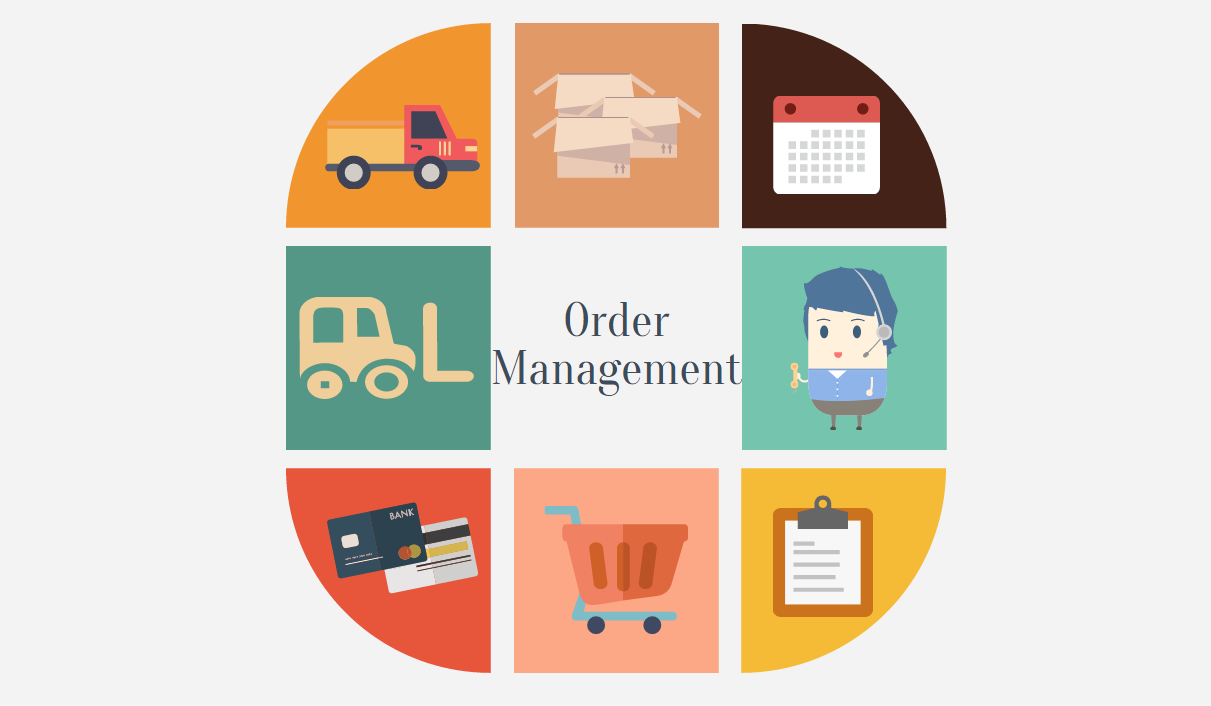E-commerce websites
E-commerce websites form the backbone of online retail, allowing businesses to sell products or services directly to consumers over the internet. The e-commerce model comprises various elements that work together to facilitate online transactions. Here’s an overview:
1. Product Catalog:
- E-commerce websites feature a comprehensive catalog displaying products or services available for purchase. This catalog typically includes images, descriptions, prices, and other relevant details about the items on sale.
2. Online Shopping Cart:
- Customers can browse through the product catalog and select items they want to purchase. These chosen items are stored in a virtual shopping cart until the customer completes the checkout process.
3. Secure Payment Gateway:
- To ensure safe transactions, e-commerce sites integrate secure payment gateways. These gateways encrypt payment information to protect customer data during online transactions. Payment options often include credit/debit cards, digital wallets, and other online payment methods.
4. User Accounts:
- Customers can create accounts on the website to store their personal information, purchase history, and preferences. This feature streamlines future purchases, making the buying process more convenient for returning customers.
5. Order Management:
- E-commerce platforms include backend systems to manage orders, track inventory, process payments, and handle shipping. This allows businesses to efficiently handle customer orders and logistics.
6. Security Measures:
- Security is a top priority for e-commerce sites. They implement various security measures like SSL certificates to encrypt data, ensuring secure transactions and safeguarding customer information.
7. Mobile Optimization:
- With the increasing use of smartphones, e-commerce websites are optimized for mobile devices to provide a seamless shopping experience across various screen sizes.
8. Customer Support:
- Many e-commerce websites offer customer support features such as live chat, FAQs, email support, or helplines to assist customers with inquiries, issues, or product-related questions.
9. Reviews and Ratings:
- Customer reviews and ratings provide valuable feedback and influence other shoppers’ purchasing decisions. E-commerce platforms often include sections for customers to leave reviews and ratings for products or services.
10. Marketing and Promotions:
- E-commerce sites employ various marketing strategies like discounts, coupons, email newsletters, and targeted advertisements to attract customers and encourage repeat purchases.
11. Shipping and Logistics:
- Efficient shipping and delivery systems are essential for e-commerce success. These websites integrate with shipping providers to ensure timely and reliable delivery of purchased items.
12. Analytics and Reporting:
- Tracking website performance, analyzing customer behavior, and monitoring sales data help businesses make informed decisions and optimize their strategies.
The success of an e-commerce website depends on a seamless integration of these components, offering a user-friendly experience that encourages customers to make purchases while ensuring their data and transactions remain secure.











Comments
Post a Comment